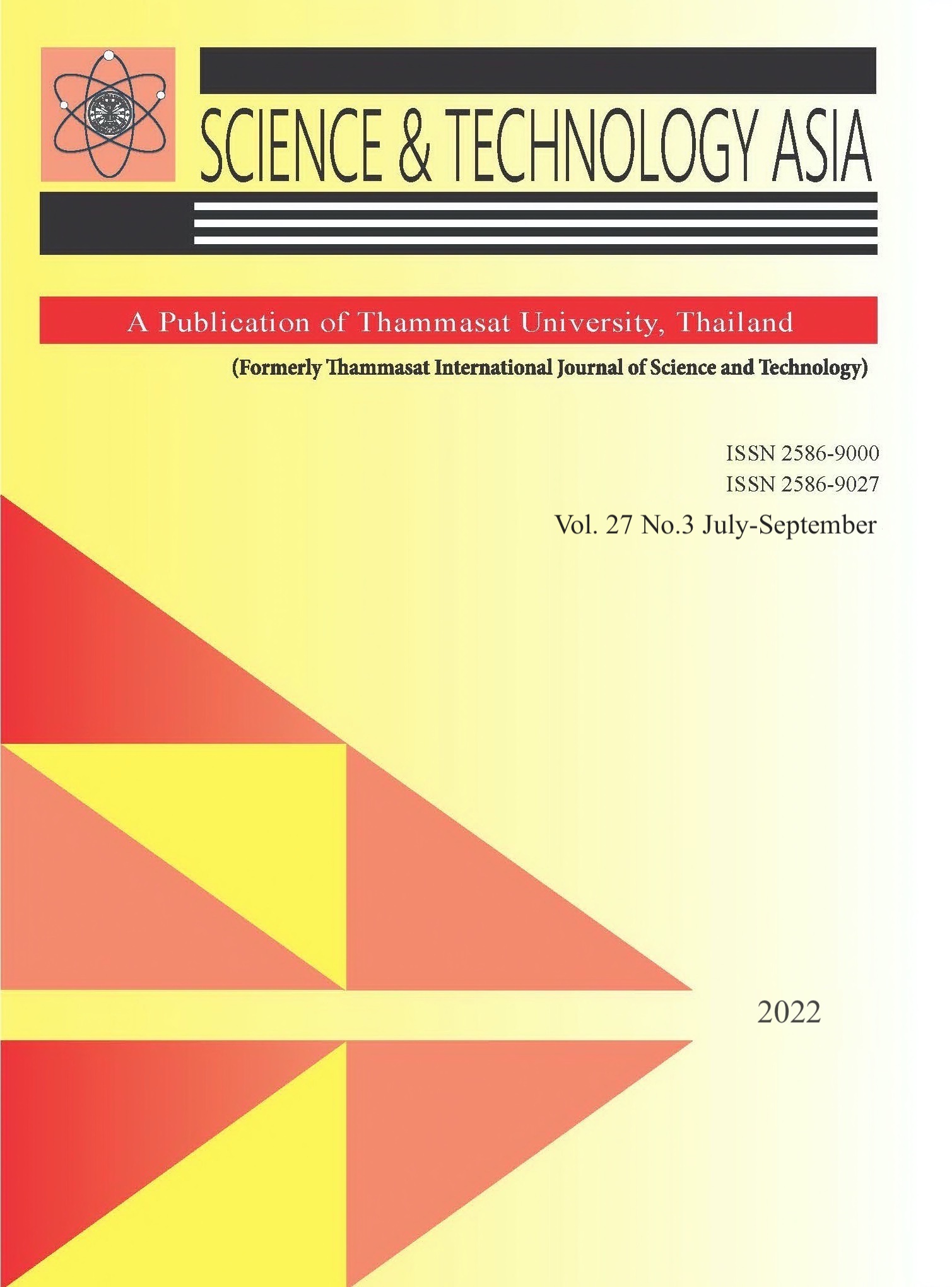Sliding Window Input on Long Short-Term Memory Networks for Bed Position Classification
Main Article Content
Abstract
The research paper specifies an approach for bed position classification by using twolayer of the Long Short Term Memory approach. The two types of sensor data from pressure and piezoelectric sensors are collected and classified into 5 classes, namely out of bed, sitting, sleep center, sleep left, and sleep right. In the preprocessing process, the sensor data are normalized by min-max scaling normalization within a set range of 0 to 1 to avoid the scale bias in the training process. The 30Hz sensor sampling rate of data is accumulated to fit a one-second interval. The model has been experimentally evaluated by preprocessing the dataset and varying the number of hidden nodes of the model in 128, 80, and 50 nodes. As a result, 94.74% of the accuracy has been improved comparing to the prior result.
Article Details

This work is licensed under a Creative Commons Attribution-NonCommercial-NoDerivatives 4.0 International License.


